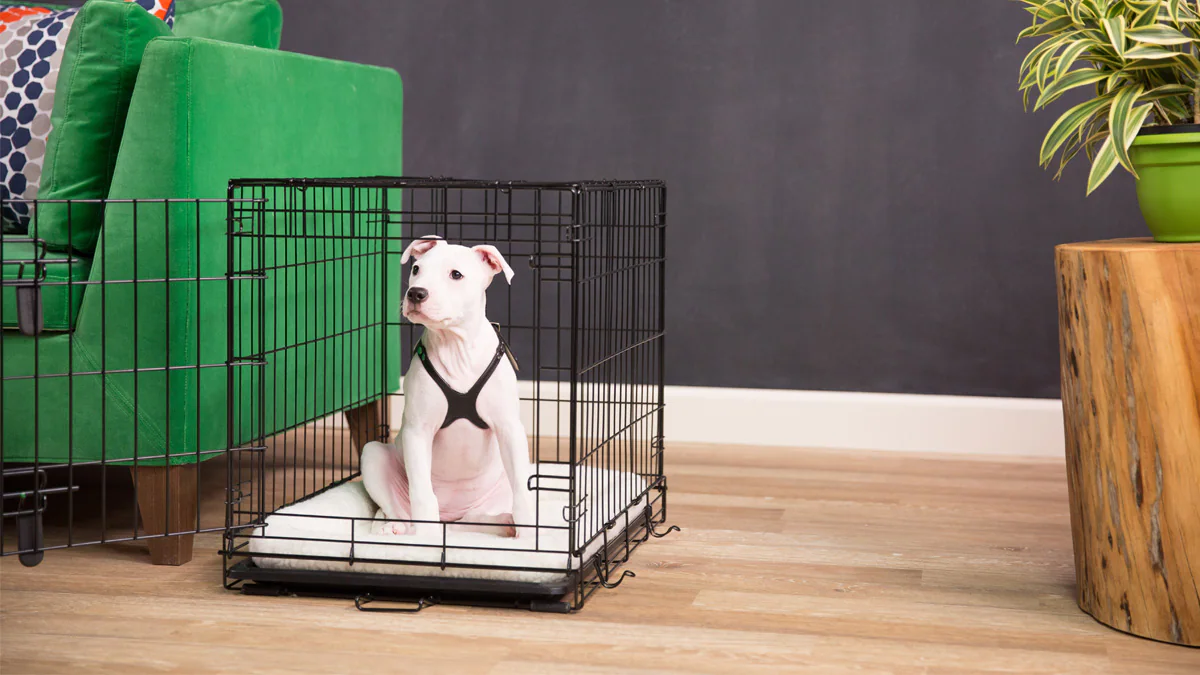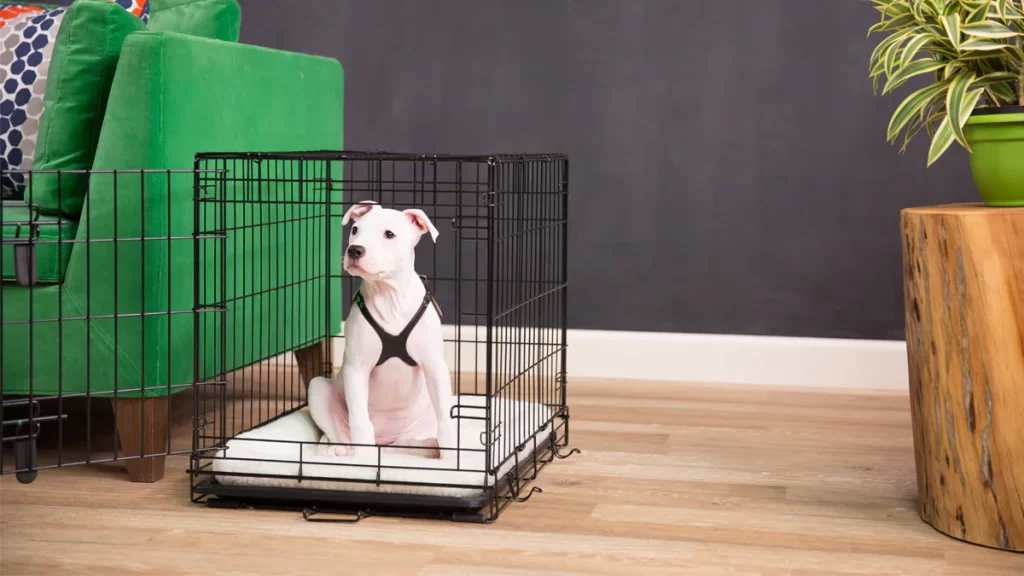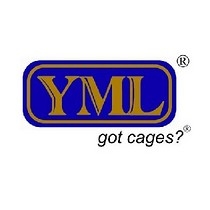4 Crate Training Tips for Your Dog


Dog crate training is helpful to both you and your pet. Training provides you peace of mind, may make potty training your puppy simpler, may allow you to travel more easily with your pet, and may prevent him from being too excited when visitors arrive. Similarly, if your dog has his own place, he will feel more secure, will be able to participate in family trips more readily, and will feel more comfortable being around others. Of course, you’ll need to learn your puppy to utilize his crate, which will take some practice.
1. Select the Best Crate for Your Dog
You will be unable to effectively teach your dog if you do not have the appropriate kind and size of crate. You’ll have the option of using plastic, metal, or collapsible boxes. If you want to travel often, finding something that folds down is essential for convenience. There is also a large selection of sizes available. Your dog’s crate should be spacious enough for him to stand up and turn around in, but no larger. This helps him feel secure and assures him that the room is his own possession.
2. Take Time to Introduce Your Dog to The Crate
Dogs are sociable animals that like to be around their pack, which is your family. This implies you should put his box near where the family spends the most time. This is usually the living room or kitchen. Add a comfortable blanket or towel to the crate and leave the door open, ensuring sure it’s securely open and won’t unintentionally strike and scare your dog.
While showing your pet the box, use a cheerful tone of voice. Pat the inside of it, indicating that it is okay to enter. You may also want to put some of his favorite dog goodies in the crate to encourage him to enter it. If rewards aren’t working, you might try using his favorite toy. Remember that many dogs are afraid of change, and a crate might be a major one. The introduction procedure might take hours or even days to complete.
3. Allow Your Dog to Eat in His Crate
It’s time to start feeding your dog in the crate when he’s become accustomed to it being in the family room and has been properly introduced to it. However, it is critical not to speed through this, thus it is a multi-step procedure. First, feed him as usual, but keep his food dish near the crate. As he begins to link the crate with food, he will begin to form a positive association.
It is time to move on once your dog has eaten near the crate once or twice. Next, move the food dish all the way to the rear of the container. However, consider if your dog will really enter the crate. If he won’t, put the crate as far inside as he will go, which might be in the center or just next to the entrance.
When your dog is comfortable entering the cage to eat food put in the rear, you may start closing the door while he eats. When he’s finished for the first couple of times, immediately open the door. After he’s become acclimated to that routine, keep him inside for approximately 10 minutes to get him used to being in the crate without food or rewards. Keep in mind that whining may indicate that you raised the duration too soon, in which case you should let him out and attempt a lower time period the following time.
4. Keep Your Pet in The Crate for Longer Periods of Time
After your dog has been used to eating in his cage, it is necessary to educate him how to spend time in it without food. Begin by calling him over to the crate with one of his favorite goodies. To urge him to enter the crate, teach him a command like “go to your crate” or “kennel time.” To minimize misunderstanding, use the same instruction and voice tone each time. Give him the reward and shut the door when he enters the container.
Spend 5 to 10 minutes sitting next to him. After that, spend a few minutes in another room. Return, sit for a few moments, and then let him out of the container. Repeat multiple times each day, progressively increasing the length of time you are out of his sight while he is in the box. Repeat this process until your dog can sit in his cage for 30 minutes at a time without getting disturbed.
Once your dog is able to stay in his crate for at least 30 minutes, you will be allowed to leave him for brief periods of time, progressively increasing the length of time you are away from home while he is being created. Remember that crate training a dog is not an exact science. Each one is unique. Some people will pick it up quickly, while others may need more time. You are more likely to succeed in teaching your dog to utilize his crate if you are patient and persistent.
Petstup is an official seller of the many well-known pets brands, focused on improving the lives of pets, pet parents and our partners. We proudly offer a large variety of pet nutrition products and supplies competitively priced for dogs, cats, reptiles, fish, birds and small animals. Petstup is your one stop shop for all your pet’s needs. All our products are authentic, and pass all mandatory United States standards and veterinary practices. We run several warehouses across the United States to serve you better and faster.




















